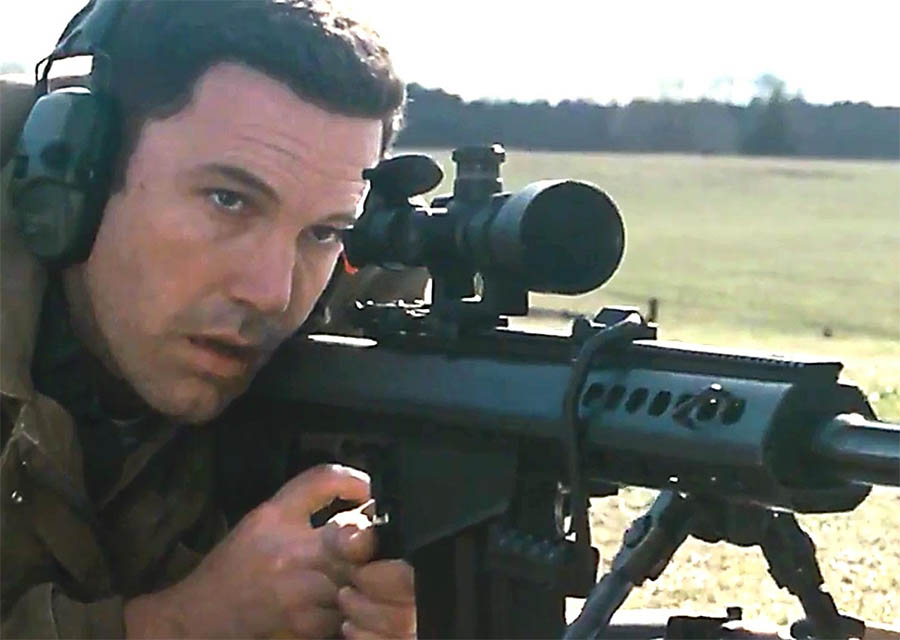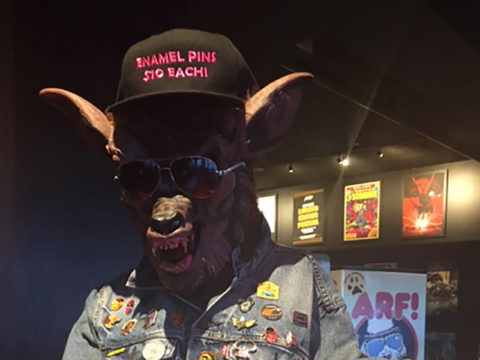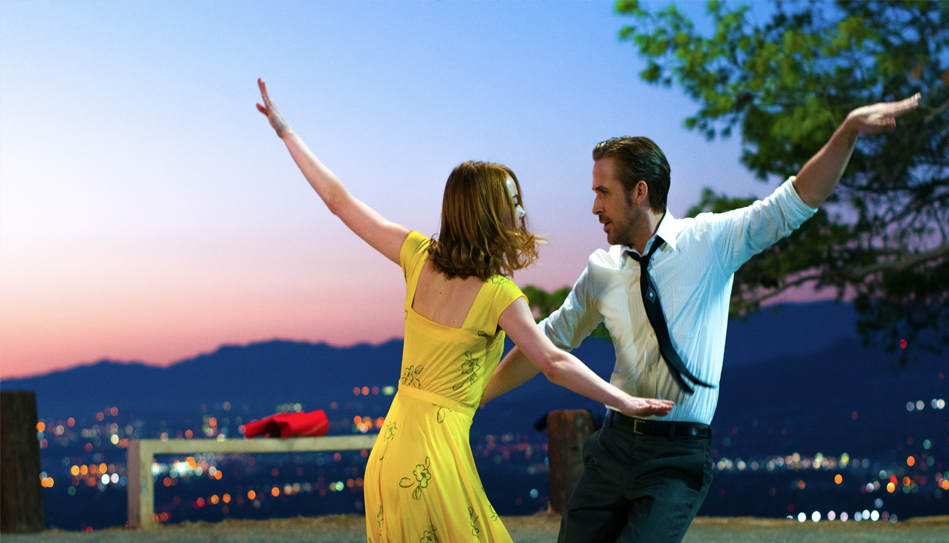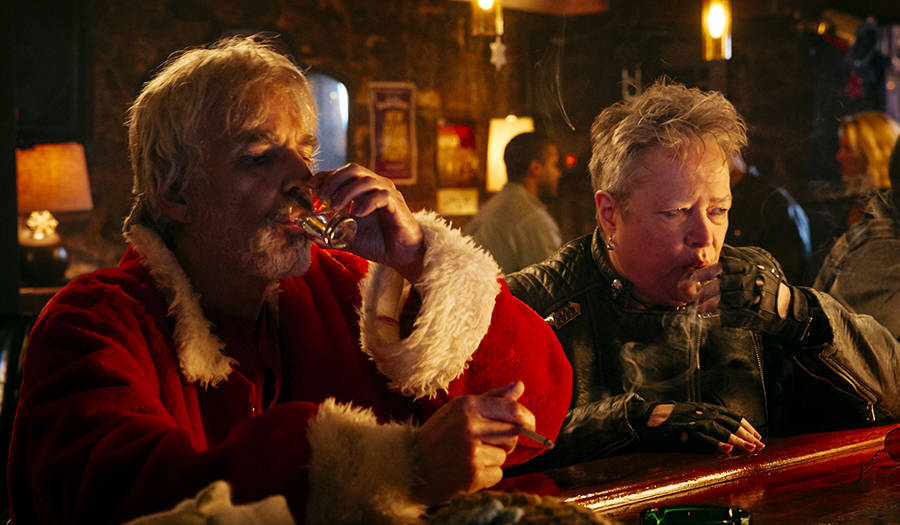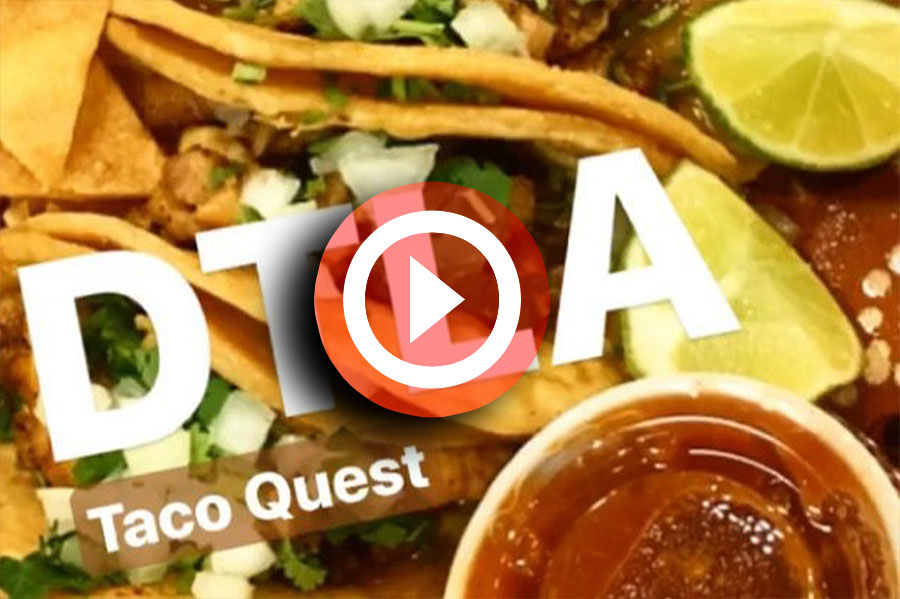
For a long time, the Western was considered a long and dead buried film genre. Before the supposed death of the Western, it was the most popular film genre for many decades. John Wayne, probably the most famous actor of the Western movie genre, might be the most popular actor ever in American cinema. Wayne appeared in the Top Ten Money Makers Poll of all films from 1949 to 1974, taking first place in 1950, 1951, 1954 and 1971. With a total of 25 years on the list, Wayne has more appearances than any other star, beating Clint Eastwood (21) who’s currently in second place. You also may have heard of the Harris poll. I’d love to know who the over 2,000 people annually polled are, but as recently as 2014, John Wayne was ranked as the #7 most popular actor in between Johnny Depp and Clint Eastwood. At least with a certain demographic, the Western might be the most enduring film genre. Before John Wayne hit the big time, the biggest name in the Western genre is probably a name few casual filmgoers know about.
Thomas Ince, known as the Father of the Western, made over 800 films before 1924. Ince, also known for inventing the studio system, was the first studio executive who embraced the Western in the teen years. He arrived in California in 1911, where he produced detailed scripts with new situations and characters for a vast number of classic westerns. In 1912, his Bison Company production studios, known as Inceville, purchased the Miller Brothers 101 Ranch and the Wild West Show to use their props and performers for his assembly-line, mass-produced films. In the early 1910s, famed director John Ford’s older brother Francis was directing and starring in Westerns in California for producer Ince. Ince was responsible for discovering and bringing Shakespearean actor William S. Hart to stardom by signing him up in his New York Motion Picture Company. Hart served as both actor and director after moving to Hollywood, and was often portrayed as a “good bad man” on the screen (with his Pinto pony named Fritz). He emerged as one of the greatest Western heroes in the mid-1910s, until the release of his last film in 1925.
1969 saw the release of the huge critical and commercial hit, Butch Cassidy and the Sundance Kid starring Paul Newman and Robert Redford. Though the 1970s had a few hit Westerns, it wasn’t until 1990 that there was a certified Western hit. Kevin Costner’s passion project, Dances With Wolves, made over $400 million worldwide. It joined an elite group by earning 12 Oscar nominations and winning seven, including Best Picture. The success of Dances With Wolves caused more than one Hollywood publication to proclaim that the Western was back. This theory seemed to be supported by the success of Unforgiven in 1992. Unforgiven would gross over $101 million dollars. Nowadays, grossing over $100 million is no big deal. Then, a gross of over $100 million was an unqualified hit no matter what. Unforgiven would also go on to earn nine Oscar nominations, winning four including Best Picture.
Then, for some reason, the Western genre again disappeared from pop culture. Almost 20 years later, a Western finally made a huge dent critically and commercially. The Coen Brothers released their take on the John Wayne classic, True Grit, in 2010. Though the film didn’t win any Oscars, it did earn an impressive ten Oscar nominations. It might have taken a few years, but now there’s another remake of a hugely popular Western that looks to follow in the footsteps of the True Grit remake.
Director Antoine Fuqua brings his vision to the classic, The Magnificent Seven. With the town of Rose Creek under the deadly control of industrialist Bartholomew Bogue (Peter Sarsgaard), the desperate townspeople, led by Emma Cullen (Haley Bennett), employ protection from seven outlaws, bounty hunters, gamblers and hired guns – Sam Chisolm (Denzel Washington), Josh Farraday (Chris Pratt), Goodnight Robicheaux (Ethan Hawke), Jack Horne (Vincent D’Onofrio), Billy Rocks (Byung-Hun Lee), Vasquez (Manuel Garcia-Rulfo) and Red Harvest (Martin Sensmeier). As they prepare the town for the violent showdown that they know is coming, these seven mercenaries find themselves fighting for more than money.
The original is one of the most popular films ever made. According to some sources, it is the second most shown film in U.S. television history, behind only The Wizard of Oz. Due to the larger-than-lifeness of some of its stars, the 1960 original, which was a remake of Akira Kurosawa’s 1954 classic, Seven Samurai, remains a fixture in pop culture lore. One of the most popular rumors from the original set is that Steve McQueen tried to draw attention from Yul Brynner by taking off his hat to shade his eyes as he looks around just before they drive the wagon to the graveyard and bending down from his saddle to dip water with his hat as the whole crew crosses a stream. Finally, Yul Brynner said to him, “if you don’t stop that I’m going to take off my hat, and then no one will look at you for the rest of the film.” The oneupmanship between Yul Brynner and Steve McQueen spread to the other actors, and they all started pulling stunts of their own in order to get the audience’s attention. While a lot of the attention-hogging did make it into the finished film, director John Sturges was terrified by how quickly he lost control of his cast.
It remains to be seen whether or not The Magnificent Seven can, again, jump start the stalled again Western genre, but with its pedigree, its chances seem to be pretty good.
The Magnificent Seven opens in theaters September 23rd.

